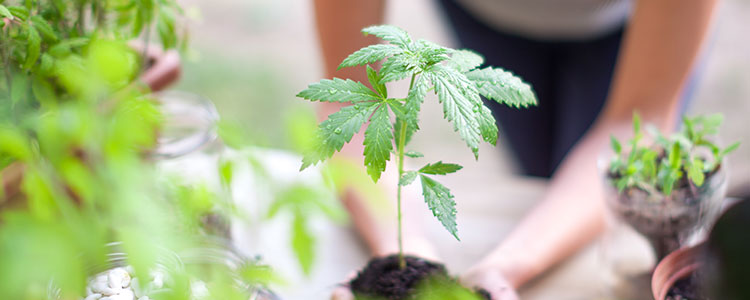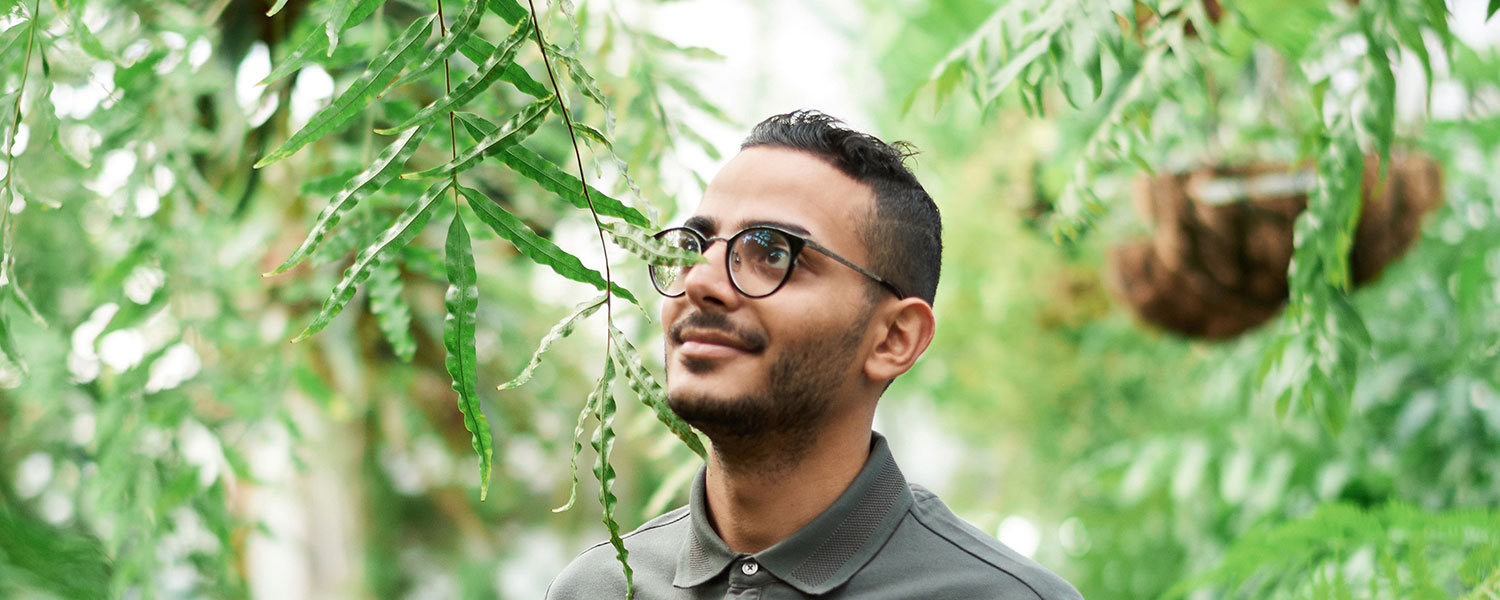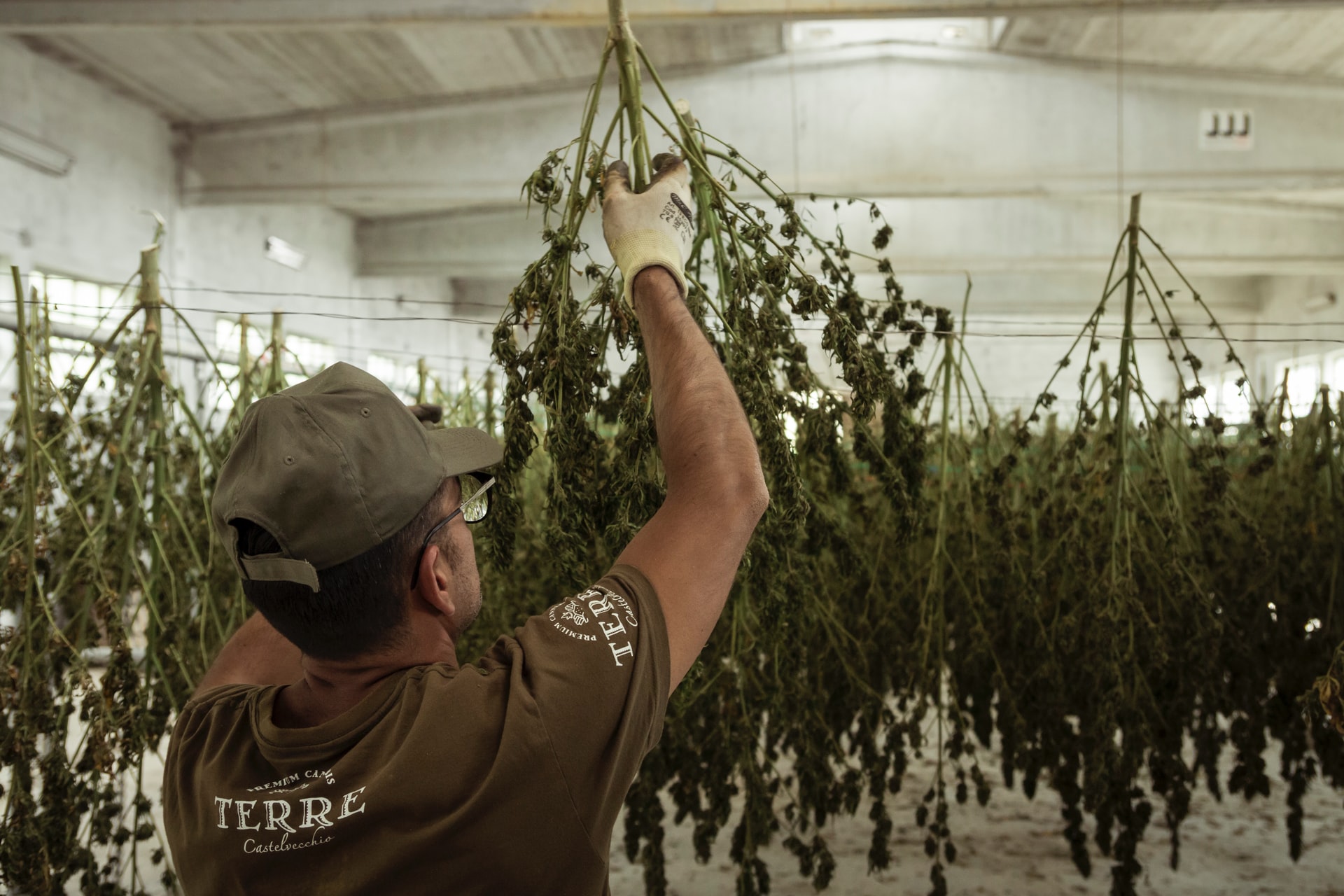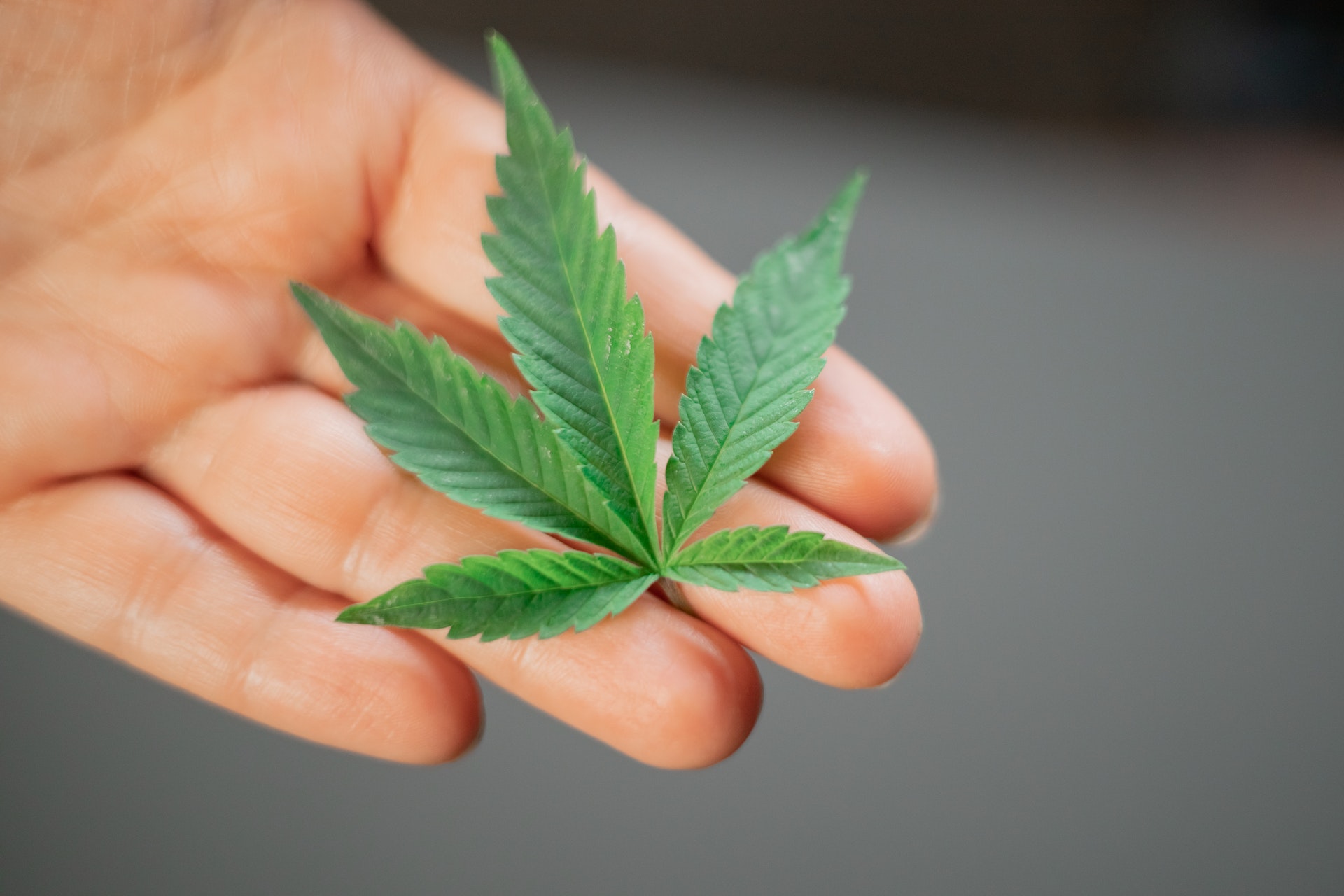In This Article
- When to Harvest Weed
- How to Tell When Weed is Ready to Be Harvested
- The Pistil Method
- The Trichome Method
- How to Identify Over-Ripe Buds
- How to Identify Under Ripe Buds
- When to Harvest Cannabis Grown Indoors
- When to Harvest Cannabis Grown Outdoors
- Harvesting Autoflowers
- Harvesting With Light Deprivation
- Conclusion
In states like California, Oregon, and Oklahoma, having a medical marijuana card provides you the ability to grow your own cannabis at home (cutting down on your weed costs and giving you access to your favorite strains year-round).
There are several stages of cannabis growth, but the one we’re always the most excited about is harvesting. So, let’s answer perhaps the most important question for DIY cultivators - when do I harvest my weed?
When to Harvest Weed
Knowing exactly when to harvest your cannabis plants is often a confusing (and even nerve-wracking) question for new growers.
While the process of harvesting your plants isn't all that complicated, knowing the perfect time to do so is less clear. The timing is critical.
If you wait too long, your buds will be overripe and possibly ruined. If you harvest too early, the buds may not have finished growing (and developing their potency).
Ultimately, the goal is to harvest when your plants' trichome and resin production is at its peak.
Generally speaking, cannabis plants will require 8 - 12 weeks to fully mature and be ready for harvest. Indoor plants typically need less time, between 7 - 9 weeks.
Exactly when you should harvest, however, will depend on the growing method, growing environment, and your chosen cannabis strain.
How to Tell When Weed is Ready to Be Harvested
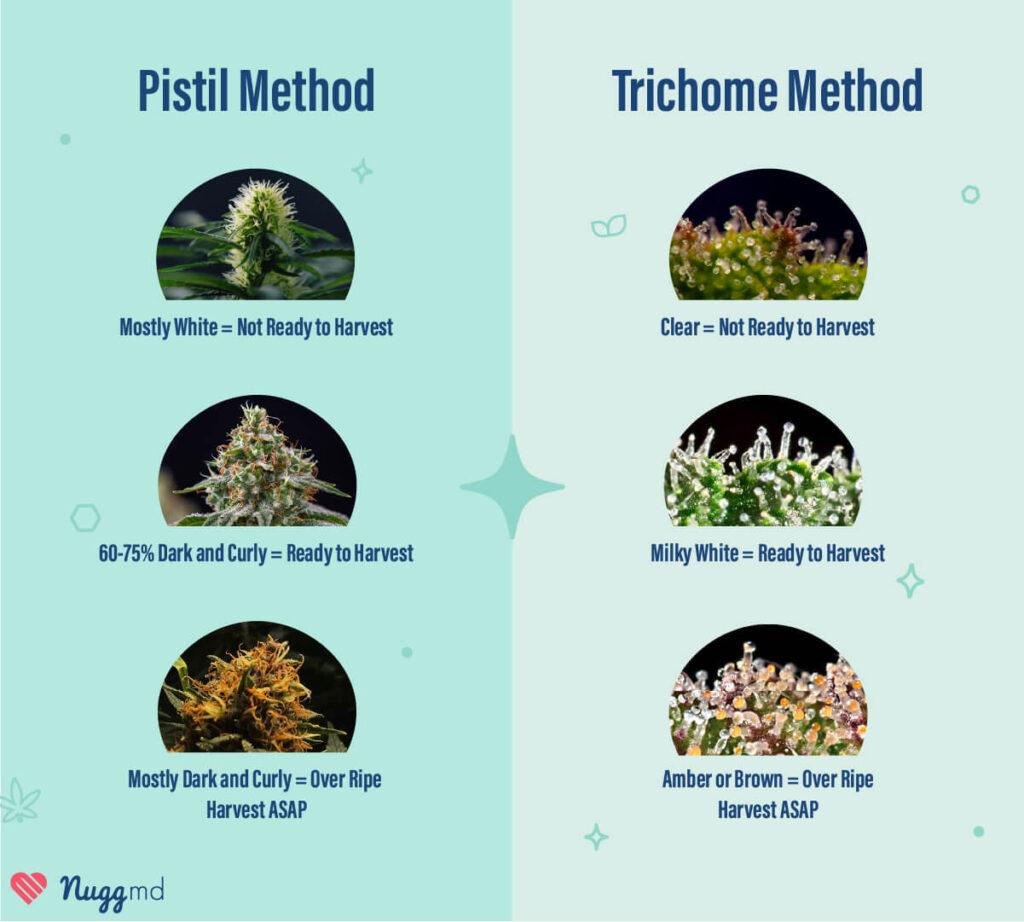
The exact time it takes for your plants to be ready may vary substantially. Thankfully, there are a few (relatively) straightforward ways to tell when your plants have achieved their peak maturity.
- the Pistil Method
- the Trichome Method
Let's take a closer look at each.
The Pistil Method
The Pistil Method is the easiest way of determining if your plant is ready to be harvested. However, it isn’t entirely as accurate as the Trichome Method.
Pistils are the female sex organs on the cannabis plant, and they resemble thick white hairs protruding from the buds.
When flowering cannabis plants are still developing, most pistils are white and stick up straight from the plant. As the plant moves closer to maturity, these pistils begin to darken and become brownish or orangish in color. They also begin to curl up against the cannabis buds as they do so.
Once 60 - 75% of the pistils on the plant have changed like this, your cannabis plants will be ready to harvest. The longer you wait from this point, the less THC will be preserved by the plant.
Using the pistils to gauge the maturity of your cannabis plants is straightforward, but it can be easy to misjudge, inadvertently harvesting too soon or overripening your cannabis plants.
That’s why, while it’s more complicated, many growers prefer the trichome method.
The Trichome Method
The more accurate way to determine whether your cannabis plants are ready to harvest is to look at the trichomes as they are flowering.
Trichomes are the small resinous glands found on your cannabis plants. Close-up, they resemble tiny, clear mushrooms. When you pick up a sticky piece of bud, it's the trichomes that are sticky.
Like the pistils, trichomes will darken and change color as the plant approaches maturity.
While your cannabis plant is still ripening, you'll find that the trichomes will be clear. When the plant is ready to be harvested, most trichomes will turn milky or cloudy white (and some will change their color to amber or brown).
Unlike pistils, you don't want to wait for a majority of trichomes to turn brown, which suggests your plant is overripe.
How to Identify Over-Ripe Buds
Many novice cannabis growers wait too long to harvest their plants. In doing so, cannabis plants will overripen, which may reduce the quality, potency, and even size of your harvest.
Overripened cannabis flower can also become harsh or unpleasant when smoked. In a worst-case scenario, if you wait too long to harvest, the bud will be ruined and unusable.
So, how can you tell when your bud is becoming overripe?
Things to Look Out For:
If you're worried about overripe buds, you should look for several things.
- Your plants may start looking dry; leaves may turn brown or even wither.
- Mature cannabis plants may smell herbal, fruity, or even sweet. However, an overripe plant will smell pungent and like a skunk (not in a good way!).
- When your plant is ready to be harvested, some trichomes will inevitably be brownish or amber in color. Yet, if all or most of them are brown/amber, you've waited too long.
So, what do you do if you find some of your cannabis has overripened?
First, you should harvest your plants immediately. Depending on how late your harvest is, some of the buds may still be smokable.
After all, it's better to have some flower of lower quality than no usable bud at all.
If you do find that you waited too long, take a few notes to understand what went wrong, then get ready to try again.
How to Identify Under Ripe Buds
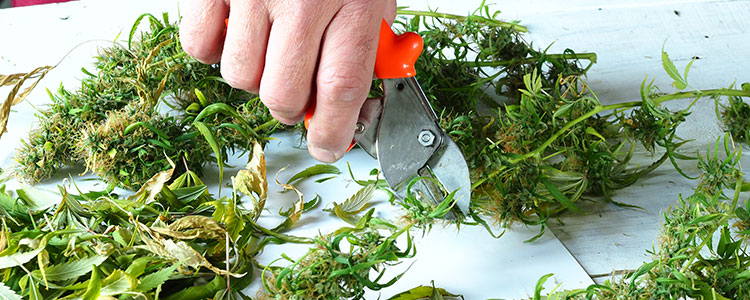
Harvesting too early can also reduce the potency and yield of your crop.
Depending on the strain, growing method, and environment, this ripening may last several weeks. So you'll need to keep a close eye on your plants (it only takes a few minutes to check them each day).
The cues that suggest your plant has gone from underripe to ripe are relatively subtle. These visual characteristics suggest that your plant needs more time to fully mature so that more THC (and maybe even more flower) can develop.
You’ll notice the trichome tops will swell and change to a cloudy white color. Some will inevitably become amber-brown. Once these trichomes have fully ripened, your plants' aroma will also peak simultaneously.
Similarly, you’ll notice a majority of pistils have darkened to a brown or orange color. Growers have traditionally gone by the 30/70 rule, where 30% of the trichomes have changed to amber, and the remaining are still a milky white color at harvest.
Signs your plant needs more time to mature:
- If the plant’s trichomes are small and clear, and the caps haven’t filled out.
- If 70% or more of the pistils on your plant are still white and stand straight from the plant.
When to Harvest Cannabis Grown Indoors
Unlike growing weed outside, indoor cultivation setups allow you to grow and harvest bud all year round. In many cases, indoor cannabis plants only need 7 - 9 weeks to flower fully, and then they'll be ready to harvest. However, as is the case for all cannabis plants, there is considerable variability in this timeframe.
For instance, if you're micro-growing cannabis plants, you'll need to harvest much earlier than you would otherwise.
From seed to harvest, your indoor cannabis plants will need anywhere from 3 to 8 months.
When to Harvest Cannabis Grown Outdoors
Outdoor cannabis is an annual plant that grows well in the warm months of the growing season. If seeds are germinated and planted in the early spring months (around March or April), they'll be ready to harvest towards the end of the summer. Typically, most outdoor cannabis plants should be ready around September or October.
Still, seasons vary dramatically depending on geography. For instance, cannabis cultivators in California can usually extend their growing seasons until around November.
If you're growing weed outdoors, you should understand the particulars of your local climate and the optimal length of your growing season. This will affect when your cannabis plants are ready.
Harvesting Autoflowers
Most cannabis plants start flowering when their photoperiods (the amount of time they are exposed to daily sunlight) shorten. Autoflowering cannabis plants are unique in that they begin flowering automatically based on a specific timeframe rather than light cycles.
So, if you plant auto flowers in the early spring months of March/April, your plants will be ready to harvest around June/July (you can still use the trichome or pistil method to verify when it's time to harvest).
As such, you could subsequently plant more auto flowers and have two cannabis harvests per season.
Harvesting With Light Deprivation
Unlike auto flowers, normal cannabis plants transition from the vegetative to the flowering stage once their photoperiods are shortened. This naturally occurs when the summer begins to move to fall, as there is less and less daily sunlight.
By utilizing a technique called light deprivation, or light depping, cultivators can control the plants’ photoperiods, causing their cannabis plants to flower earlier and potentially yield multiple harvests per season.
Light depping is usually done by placing lightproof tarps over plants or greenhouses to deliberately shorten photoperiods. Indoor grows can utilize light deprivation more efficiently by turning off the lights.
So, if you're using light deprivation, the optimal harvest time will be similar to that of auto flowers. Light dep plants have similarly short life cycles.
Conclusion
There are many factors to consider when determining the right time to harvest your cannabis plants.
Everything from the region you're growing in, whether you're growing indoors or outside, the strain you’re cultivating, and the specific cultivation methods will all play a role.
Regardless of these factors, utilizing the pistil method or trichome method will tell you when your plants are ready to harvest.
The information in this article and any included images or charts are for educational purposes only. This information is neither a substitute for, nor does it replace, professional legal advice or medical advice, diagnosis, or treatment. If you have any concerns or questions about laws, regulations, or your health, you should always consult with an attorney, physician or other licensed professional.

